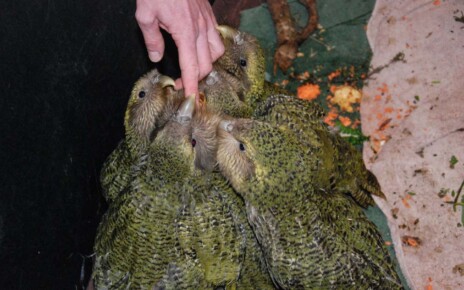[ad_1]

More than 4000 species of birds are kept as pets by humans
Davidovich Mikhail/Alamy
Nearly one third of all known vertebrate species are either used or traded by humans around the world.
“We’ve become this kind of super-predator,” says Rob Cooke at the UK Centre for Ecology & Hydrology.
Cooke and his colleagues analysed data from the International Union for Conservation of Nature on 46,755 known species of vertebrates – a group that includes all mammals, birds, amphibians, reptiles and fish.
The records show how people use and trade each of these animals. This includes killing them for food, clothing, specimen collections and recreational hunting, as well as taking them from the wild to keep them as pets or to display in zoos or aquariums.
The team found that 14,663 species, or around a third of all vertebrates, are used or traded. About 55 per cent are killed for food and 40 per cent are kept as pets, including 4489 species of bird.
Nearly half of ray-finned fish and bird species are used or traded, which makes them the most exploited groups, while reptiles and amphibians are the least exploited. Of all the exploited species, 39 per cent are threatened due to human use or trade.
For the two-thirds of vertebrates that aren’t used, the reasons may be down to culture, says Boris Worm at Dalhousie University in Canada, who worked on the study. “Rarity and accessibility are not really an issue because we’re exploiting some incredibly rare and hard-to-find species.” There are thousands of rodent and bat species that aren’t used, for example, because they are seen as unclean.
The researchers hope their work will raise awareness of the many different ways that humans exploit animals. “If you take an animal, it doesn’t matter what you do with it. It’s gone from the wild, it can’t reproduce there and it can’t sustain the population,” says Worm.
“These studies are key to forcefully demonstrate the magnitude of the problem facing biodiversity globally, the role of humans behind these patterns and the urgent need for action at all levels of government, as well as among the general public,” says Pedro Jaureguiberry at the National University of Córdoba in Argentina.
Topics:
[ad_2]
Source link




